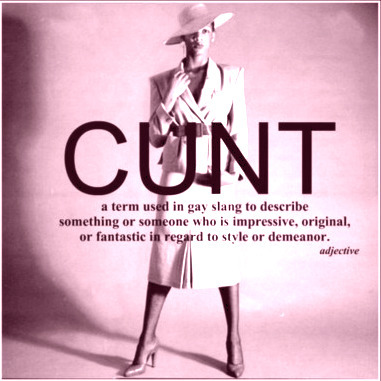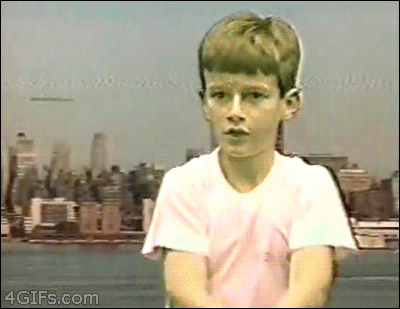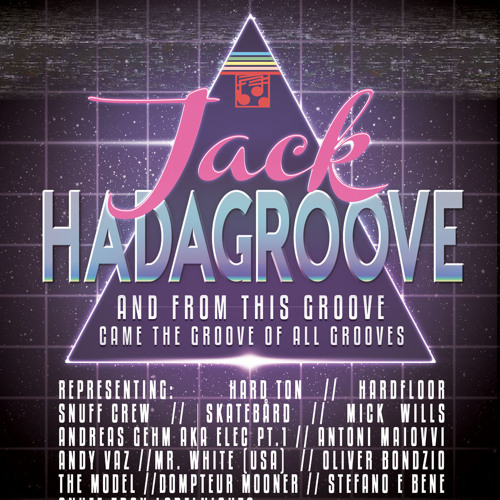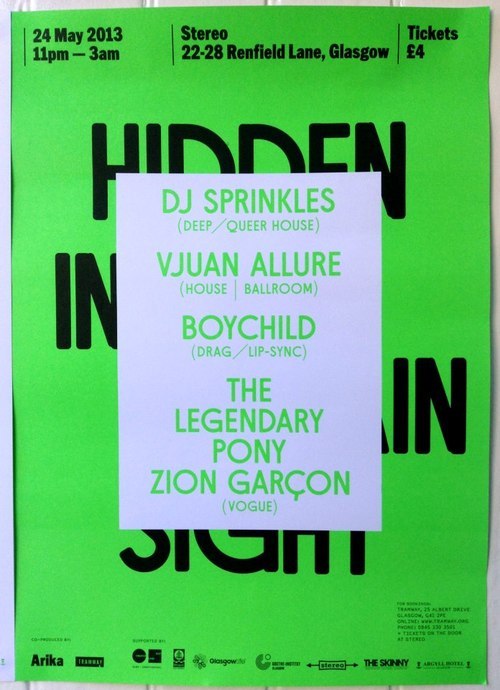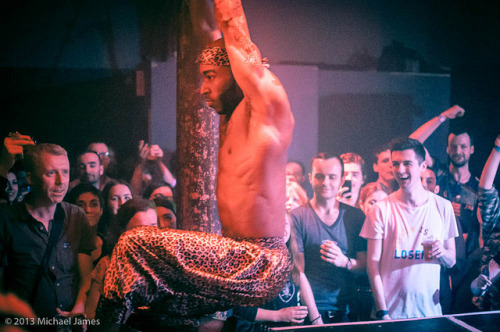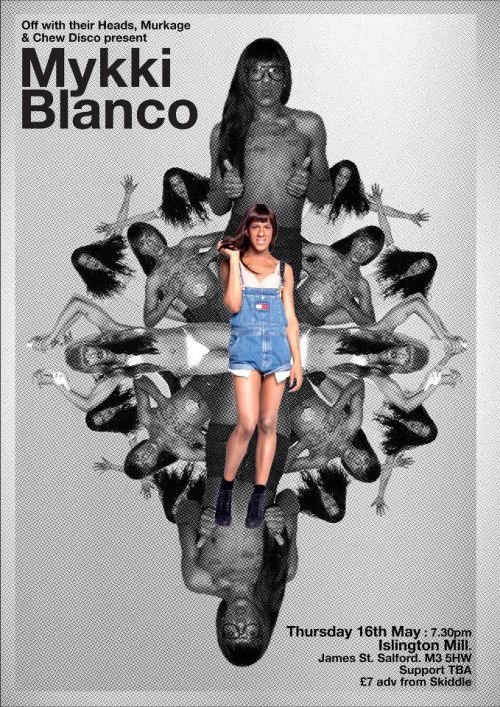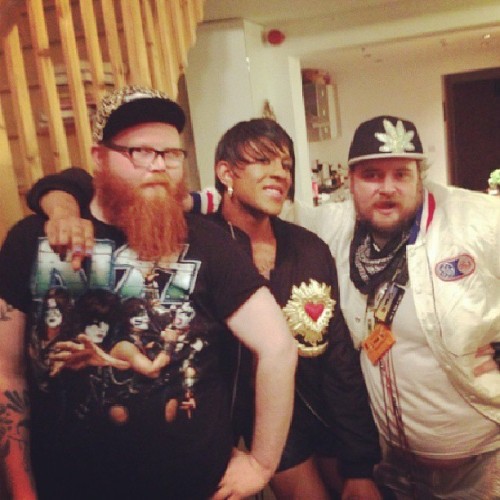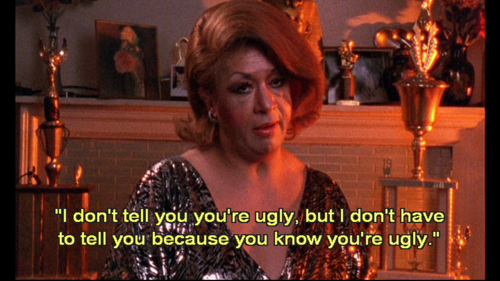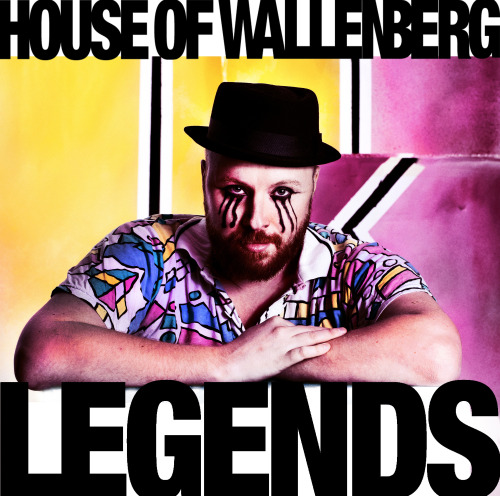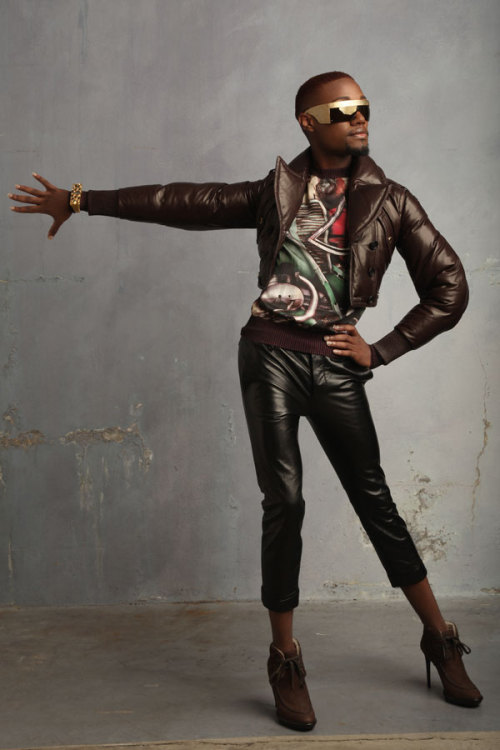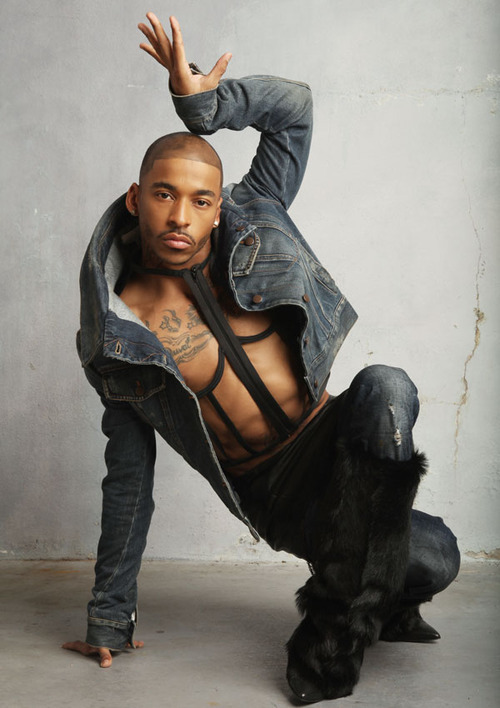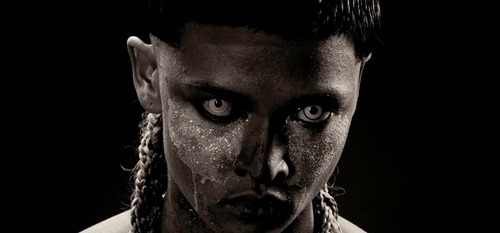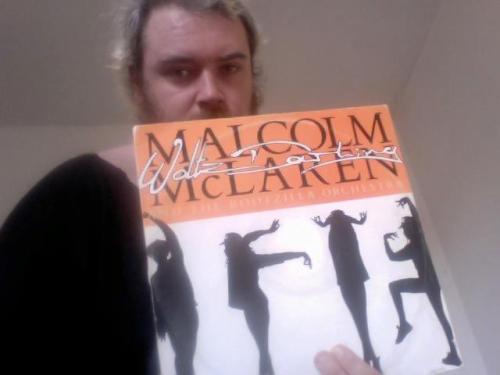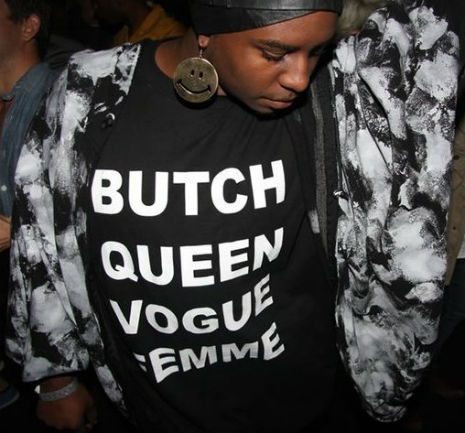The film promotes homosexual lifestyle--all actors are homosexual; and, some nudity (homosexual men with breast augmentation).
Sordid and evil best describe the
documentary film PARIS IS BURNING that deals with homosexual "Voguing"
and the drag balls of Harlem. Extremely well-crafted, the film promotes a
despicable lifestyle that God abhors.
Unbelievably sordid and despicably
evil best describe the documentary film PARIS IS BURNING that deals with
homosexual "Voguing" and the drag balls of Harlem. The film, with its
excellent craftsmanship and cinematography along with its unusual
subject, claims two other distinctions as well: Winner of the 1990 L. A.
Film Critics Award for Best Documentary and 1991 Sundance Festival
Grand Jury Prize for Best Documentary.
Partially funded by the
National Endowment for the Arts, the film, set in New York City, traces
the origins of both Voguing and the Harlem drag balls. According to
director Jennie Livingston, "The Black and Latino gay men that
participate in the balls are people excluded from the mainstream in
every way--by virtue of race, class and sexual orientation--yet their
whole subculture is based on imitating the very people who exclude them:
the schoolboys and schoolgirls, the executives, the military men, the
models," so the balls are a "response to homophobia and racism, yet are
full of optimism and spirit."
Throughout the film, a series of
commentators like Pepper Labeija, Head of the House of Labeija, offer
continuous information about Voguing and ball contestants and
categories. Watching these commentators (some are transvestites
repeatedly daubing at their heavily layered makeup and exhibiting
forced, stilted mannerisms, while others pridefully boast that they have
the best "mother" and the best "House" because their "mother" will do
anything for them), is to put it mildly, revolting. In one utterly
despicable scene, we are treated to these grown, homosexual "children"
(THEIR TERM) nursing from their homosexual House "mother's" augmented
breasts.
Voguing, it turns out, is a dance invented by Black and
Latino homosexual men that combines poses struck by fashion models with
acrobatic spins and dips. Some of the moves have been inspired by
Egyptian hieroglyphics. Others involve a style called pantomime voguing
where the voguer enacts a little drama or story with his hands and feet.
Voguing
began in New York's nightclubs and parks and on the street, and the
voguers themselves formed "Houses," patterned after fashion designers or
media images, and use the balls to compete against one another for
trophies.
At the time PARIS IS BURNING was filmed, most of the
balls took place in Harlem, but with their growing popularity, many have
moved downtown. Each ball is made up of various categories which
resemble the divisions of a fashion show (Swimwear, Eveningwear,
Sportswear). Some of the more popular categories are Voguing, Town and
Country, Executive Realness, Upcoming Pretty Girl, Face, Body (Luscious,
Model-type, or Muscular), and Model's Effect, although there are
numerous other categories as well.
The world of these homosexual
balls and the contestants that participate in them turns out to be
nearly unbelievable. Dressed in costume to suit their category, each of
these contestants seems phony and unreal. In fact, it's difficult to
tell where the pose of being a contestant at a ball ends and the
homosexual individual's actual life takes over. Repeatedly, the
contestants state their aim: to look straight, to look like a real woman
or a real man. For example, in the Venus category, a contestant
announces gleefully as she goes undetected as a male (the judges even
feel the facial skin for smoothness): "I don't feel there's anything
mannish about me." A hard-to-describe sense of evil pervades this film
and repels as one observes these terribly mixed-up, lost, and confused
individuals. Finally, we have the distinct impression that these are
hollow, empty individuals, possessed by another, evil personality.
Throughout
PARIS IS BURNING, the camera frequently leaves the balls and eavesdrops
on homosexuals in their daily lives. One extremely distressing segment
focuses on two fifteen-year-old boys on New York's streets who are being
lured into the homosexual lifestyle. Because they are bereft of
parental guidance, the homosexuals assure them they will love them and
care for them. Such scenes as this one show how the film will be used to
educate its audience.
Seeing PARIS IS BURNING (named after an
original ball) affected the reviewer to the point of nausea. Not only
was it revolting and distressing to observe the wretched lifestyles of
formerly unacceptable-to-society homosexuals paraded in all their glory
on the screen, but it is also sobering to realize that this is an
educational film, one that promotes the homosexual way of life as a
viable lifestyle for young people.
Of course, as Christians, we
know God detests homosexuality: "God gave them over to shameful lusts.
Even their women exchanged natural relations for unnatural ones...the
men also abandoned natural relations with women and were inflamed with
lust for one another" (Romans 1:26, 27). However, we also realize that
we are to hate the sin but love the sinner, which is not always easy to
do.
What impressed the reviewer about the individuals espousing
the homosexual lifestyle in PARIS IS BURNING was their unhappiness with
their own identity, and their desire to be someone else--hence, the
poses and affectations at the balls. One contestant says wistfully: "In
the ballroom you can be anything you want, a business man, a military
general, or a schoolgirl; but you need to be 'real.'"
Perhaps
saddest of all is the desire for these homosexual ball contestants to be
"real," to be, in reality, the sex and the person they desire to be. As
one extremely feminine, diminutive homosexual who dresses as a woman
and hustles for a living, remarks: " Hopefully, in the near future, I'll
be a full-fledged woman." He was murdered a short time after completion
of the film.
At present, however, these individuals live in an
unreal, illusory world, not possessing a sense of identity; they are
held in bondage by their master, Satan. We need to pray for them to come
to know Christ's love for them, for only His love can set them free
from posing and voguing.
